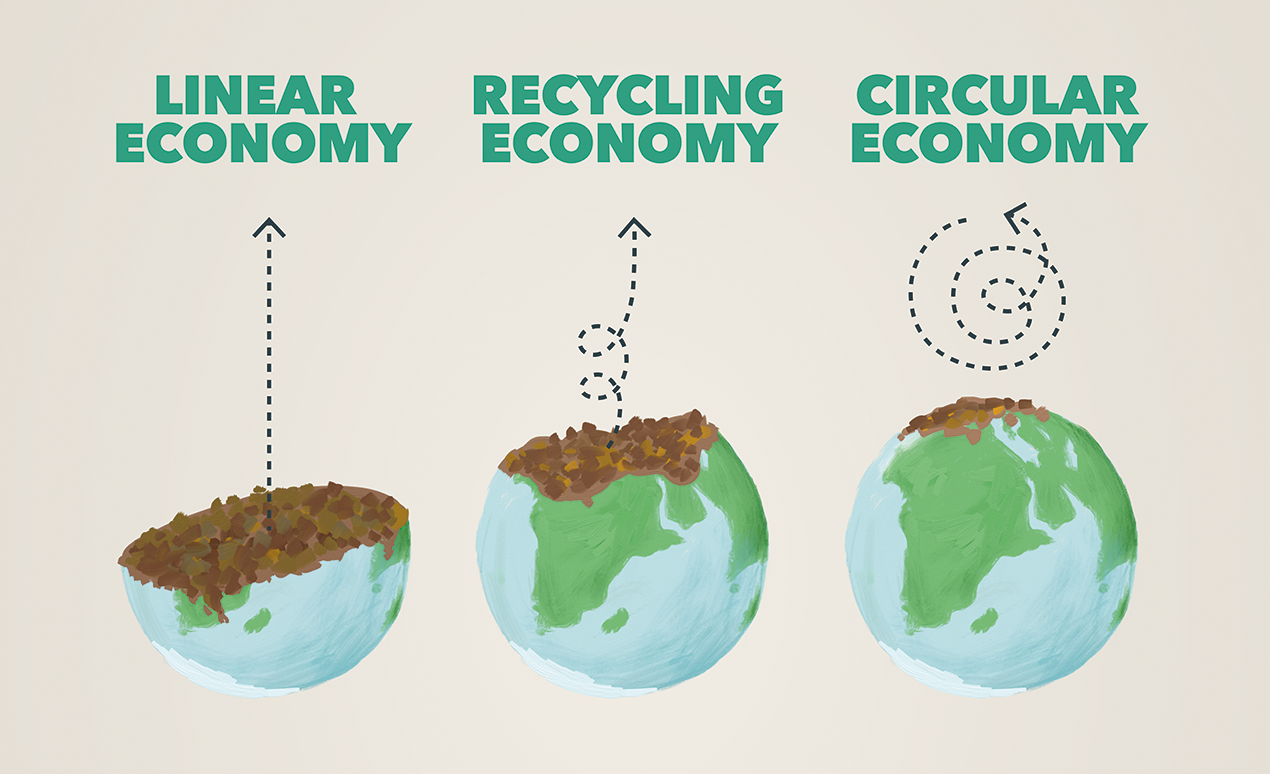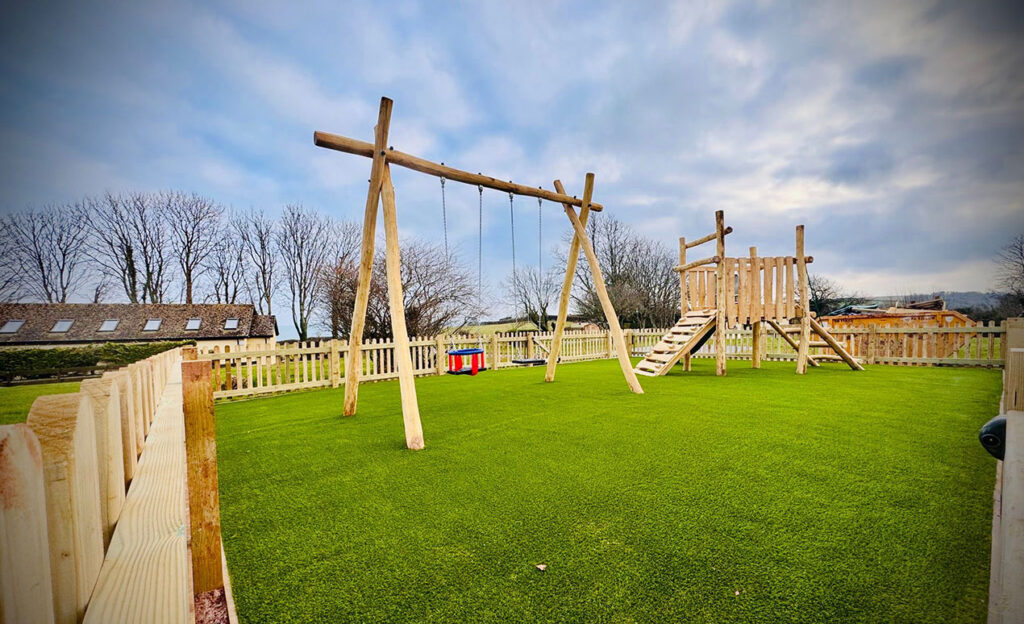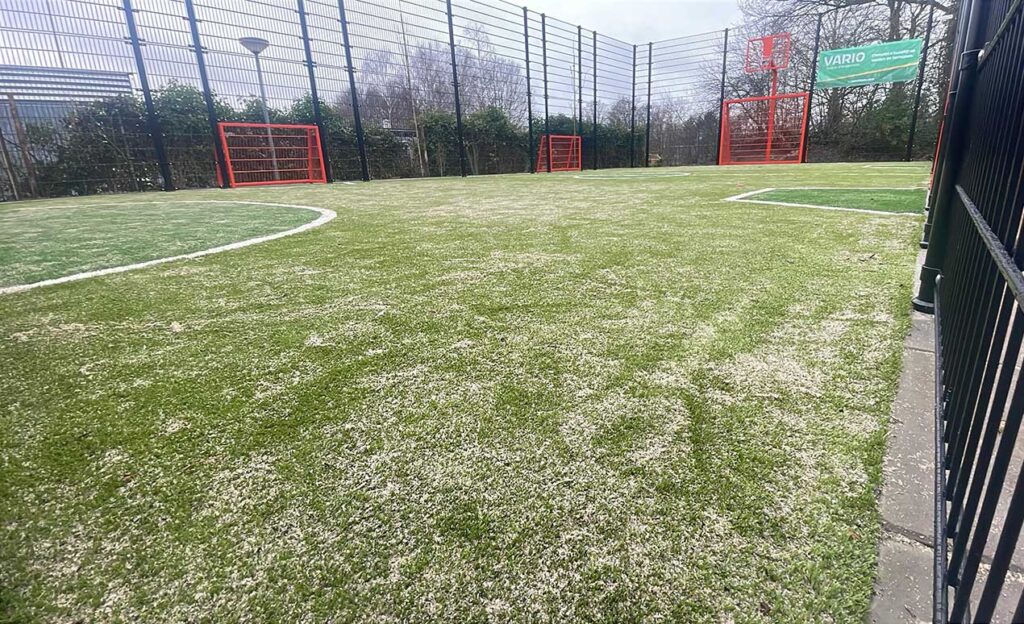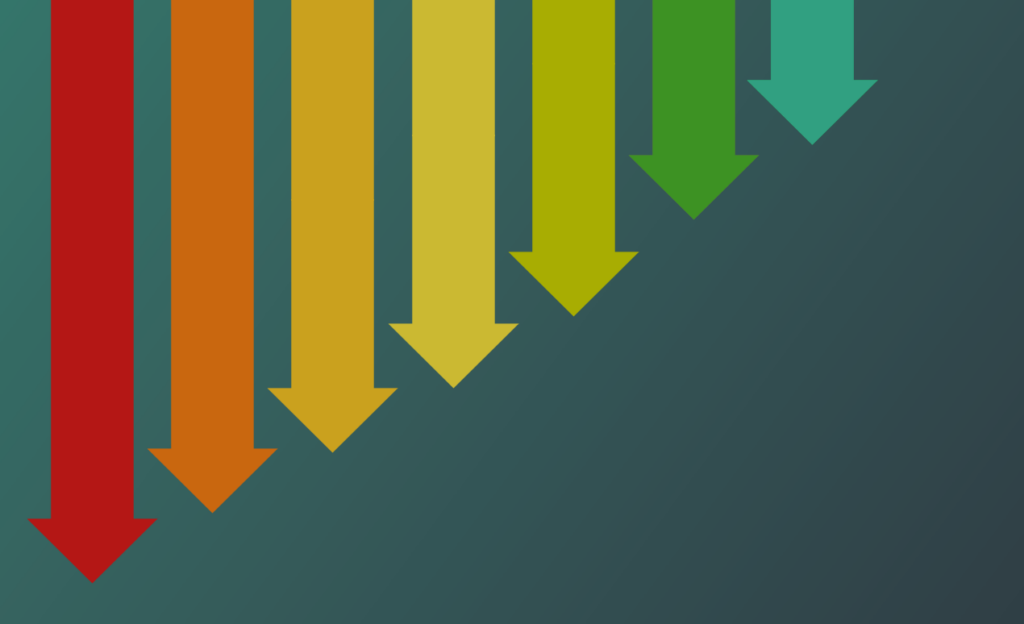As the focus on sustainability increases, terms like ‘linear economy’, ‘recycling’, ‘downcycling’, and ‘circular’ become more common. While all these relate to how we manage resources and waste, there are clear differences between these approaches. This article explains these differences and emphasizes why shifting to a circular economy is essential for a sustainable future.
Linear Economy
Definition: A linear economy follows the “take-make-dispose” model. Raw materials are extracted, converted into products, and discarded as waste after use.
Characteristics:
- Resource Extraction: Natural resources are extracted to make products.
- Production: Raw materials are converted into goods.
- Usage: Consumers use the products for a certain period.
- Waste: At the end of their life, products are often discarded as waste, leading to landfills or incineration.
Disadvantages:
- High Environmental Impact: Depletion of natural resources and increased waste production.
- Short Product Lifespan: Products are often designed for single-use or short lifespan.
Recycling
Definition: Recycling is the process of converting used materials into new products to reduce waste and conserve resources.
Characteristics:
- Waste Collection: Materials such as paper, glass, metal, and plastic are collected.
- Processing: These materials are sorted, cleaned, and processed into raw materials.
- Production: Recycled raw materials are used to make new products.
Advantages:
- Waste Reduction: Fewer materials end up in landfills or are incinerated.
- Resource Conservation: Less need for new raw materials, reducing the pressure on natural resources.
Limitations:
- Quality Loss: Recycled materials may degrade in quality, limiting their usefulness for new products.
- Energy Consumption: Recycling processes require energy, which can have an environmental impact.
More information about recycling
Downcycling
Definition: Downcycling is a form of recycling where the recycled material is converted into products of lower quality and functionality than the original material.
Characteristics:
- Quality Reduction: Materials lose quality with each recycling cycle.
- Limited Applications: Recycled materials are often used for products with lower performance requirements.
- Example: Artificial grass can often only be converted into lower-quality products like filler material or secondary construction materials after use.
Advantages:
- Waste Reduction: Although quality decreases, the material stays in use longer and out of the waste stream.
- Resource Conservation: Better than disposal, but not as effective as high-quality reuse.
Limitations:
- Quality Loss: The material is no longer suitable for high-quality applications, reducing its circular value.
- Temporary Solution: Eventually, the material often ends up as waste.
More information about downcycling
Circular Economy
Definition: A circular economy is a regenerative system where resources, materials, and products are kept in use for as long as possible, reused, and recycled to minimize waste and environmental impact.
Characteristics:
- Design for Sustainability: Products are designed for longevity, reuse, and easy recycling.
- Closed Loop: Materials circulate within the system without losing value.
- Reuse and Repair: Products and components are reused and repaired instead of discarded.
Advantages:
- Minimal Waste Production: By reusing and recycling materials, the amount of waste is greatly reduced.
- Value Retention: Materials retain their value and utility within the system, which is economically beneficial.
- Sustainable Resource Use: Reduces the need for new raw materials and minimizes environmental impact.
Challenges:
- Infrastructure and Systems: Requires new infrastructures and economic models.
- Behavioral Change: Requires a change in how businesses and consumers handle products and materials.
Conclusion
The transition from a linear economy to a circular economy is a crucial step for a sustainable future. While recycling and downcycling help reduce waste and conserve resources, a circular economy offers a comprehensive and sustainable approach by keeping materials and products in a closed loop. ONE-DNA™️ artificial grass is an example of how innovation and design can contribute to a circular economy by creating products designed for reuse and easy recycling.
By understanding the differences between these approaches, policymakers, architects, and other professionals can make better-informed decisions that contribute to a more sustainable and environmentally friendly world.

































